Strela
TPF Noob!
- Joined
- Apr 24, 2012
- Messages
- 9
- Reaction score
- 0
- Location
- Geelong, Vic Australia
- Can others edit my Photos
- Photos OK to edit
Hi All,
I am a beginner and have been studying Photography and I thoughtI would run what I have come to the conclusion is of Basic Photography. If Ihave made a mistake or you believe I could benefit from some info please feelfree to share or correct me.
Ok So My impression of Basic Photography.
The 3 man function of my camera a canon EOS 40D I need toknow are Aperture, Shutter Speed & ISO
To capture the quality looking images I want to achieve Ineed to make sure my camera is capturing the right amount of light it needs to exposethe image correctly & that exposure is determined by the 3 above mentionedthings
So starting with APERTURE
Which is the opening of the lens if I look at my lens I cansee the Iris or the aperture blades & they open & close depending onthe aperture value. Naturally the larger the opening the more light comes inthe smaller the less comes in & that is determined by the f-stop value ofmy camera.
Eg: An f/1.8 Value =a bigger aperture with more light
An f 22 = asmaller aperture with less light
Larger f-stop = Smaller Aperture
Smaller f-stop =Larger Aperture
But there is a secondary fact with aperture & that is itaffects the DOF
DOF is basically how much of my image is in focus
For Eg: if I have a shallow DOF my subject is in focus butits foreground & background is not.
If I have a wide or large DOF that means a lot of my imageis in focus not just my subject but is foreground and its background.
So if I want a blurred background being a shallow DOF I willneed a smaller f-stop values which is a bigger aperture say f/1.8
If I want a wide or large DOF that means I have to have ahigher f-stop say f/10 or f/22 and I would have a lot of my image in focus butwith less light.
Now the 2[SUP]nd[/SUP] thing that will affect my exposerwould be SHUTTER SPEED.
Basically this is how fast my shutter opens & closes ORhow long my exposure takes place.
The faster my shutter speed opens & closes the shortermy exposure takes place & this means I get less light into my images, the slower my shutter speed takes to open& close the longer exposure and more light I will get in my images.
The faster I set my shutter speed Eg: 1/500 of a sec meansthe faster my exposure will be giving less time for my subjects to move givesharp images the lower Eg: 1/50 of a sec the longer I have exposure and willcause the tiniest movement to be capture causing blur.
The 3rd thing that will affect my exposure would be ISO
ISO is the sensitivityof my sensor in my camera the lower my ISO the less sensitivity to light thismeans Ill more light to expose my images & the higher my ISO the moresensitivity to light which means Ill need less exposure to my images.
The trade off with ISO is the higher I raise my ISO the morenoise I will see in my images. Noise will really DE saturate or saturate myimages causing unrealistic colours
SO in Short lol
APERTURE
Determines how much light comes into my sensor but it also determinesmy DOF
SHUTTER SPEED
Which will determine how long my exposure takes place, whichwill determine how much of my image will actually be blurred.
& ISO
Which will determine the sensitive my sensor is & itwill determine how much noise I have in my images
I am sorry for the LOOONG rant but I just want to make sureI have it right.
Thank you all.
I am a beginner and have been studying Photography and I thoughtI would run what I have come to the conclusion is of Basic Photography. If Ihave made a mistake or you believe I could benefit from some info please feelfree to share or correct me.
Ok So My impression of Basic Photography.
The 3 man function of my camera a canon EOS 40D I need toknow are Aperture, Shutter Speed & ISO
To capture the quality looking images I want to achieve Ineed to make sure my camera is capturing the right amount of light it needs to exposethe image correctly & that exposure is determined by the 3 above mentionedthings
So starting with APERTURE
Which is the opening of the lens if I look at my lens I cansee the Iris or the aperture blades & they open & close depending onthe aperture value. Naturally the larger the opening the more light comes inthe smaller the less comes in & that is determined by the f-stop value ofmy camera.
Eg: An f/1.8 Value =a bigger aperture with more light
An f 22 = asmaller aperture with less light
Larger f-stop = Smaller Aperture
Smaller f-stop =Larger Aperture
But there is a secondary fact with aperture & that is itaffects the DOF
DOF is basically how much of my image is in focus
For Eg: if I have a shallow DOF my subject is in focus butits foreground & background is not.
If I have a wide or large DOF that means a lot of my imageis in focus not just my subject but is foreground and its background.
So if I want a blurred background being a shallow DOF I willneed a smaller f-stop values which is a bigger aperture say f/1.8
If I want a wide or large DOF that means I have to have ahigher f-stop say f/10 or f/22 and I would have a lot of my image in focus butwith less light.
Now the 2[SUP]nd[/SUP] thing that will affect my exposerwould be SHUTTER SPEED.
Basically this is how fast my shutter opens & closes ORhow long my exposure takes place.
The faster my shutter speed opens & closes the shortermy exposure takes place & this means I get less light into my images, the slower my shutter speed takes to open& close the longer exposure and more light I will get in my images.
The faster I set my shutter speed Eg: 1/500 of a sec meansthe faster my exposure will be giving less time for my subjects to move givesharp images the lower Eg: 1/50 of a sec the longer I have exposure and willcause the tiniest movement to be capture causing blur.
The 3rd thing that will affect my exposure would be ISO
ISO is the sensitivityof my sensor in my camera the lower my ISO the less sensitivity to light thismeans Ill more light to expose my images & the higher my ISO the moresensitivity to light which means Ill need less exposure to my images.
The trade off with ISO is the higher I raise my ISO the morenoise I will see in my images. Noise will really DE saturate or saturate myimages causing unrealistic colours
SO in Short lol
APERTURE
Determines how much light comes into my sensor but it also determinesmy DOF
SHUTTER SPEED
Which will determine how long my exposure takes place, whichwill determine how much of my image will actually be blurred.
& ISO
Which will determine the sensitive my sensor is & itwill determine how much noise I have in my images
I am sorry for the LOOONG rant but I just want to make sureI have it right.
Thank you all.


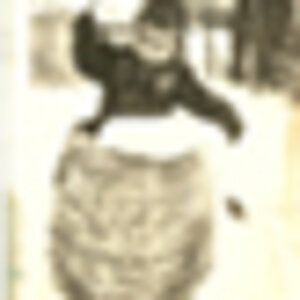
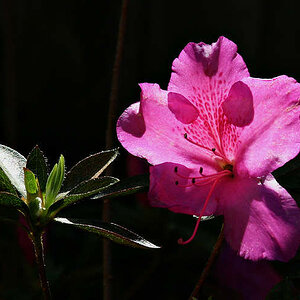
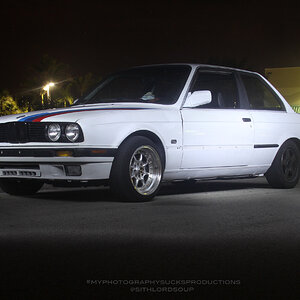
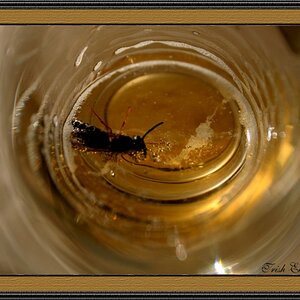
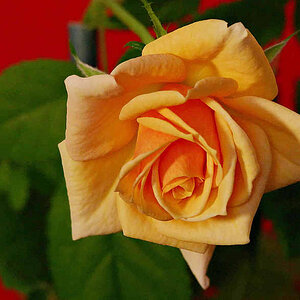
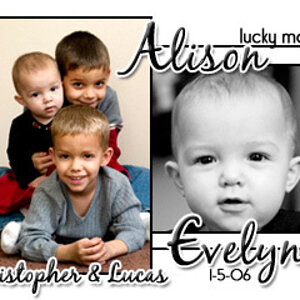
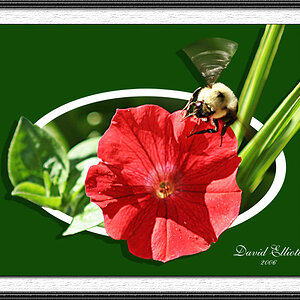
![[No title]](/data/xfmg/thumbnail/31/31038-84f0b9d14b7ced20e61bc19a9d4dfcc2.jpg?1619734581)
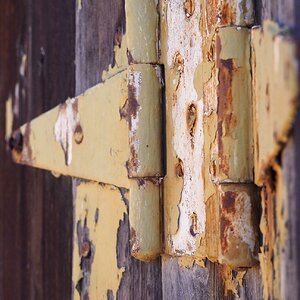
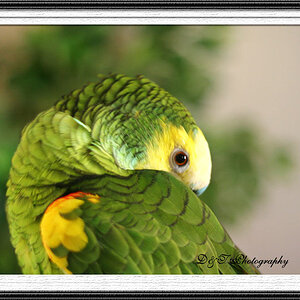
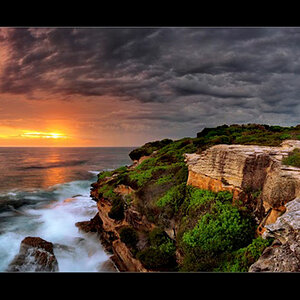
![[No title]](/data/xfmg/thumbnail/35/35670-0571a45fff5cc94fc333fb959ce54517.jpg?1619737091)